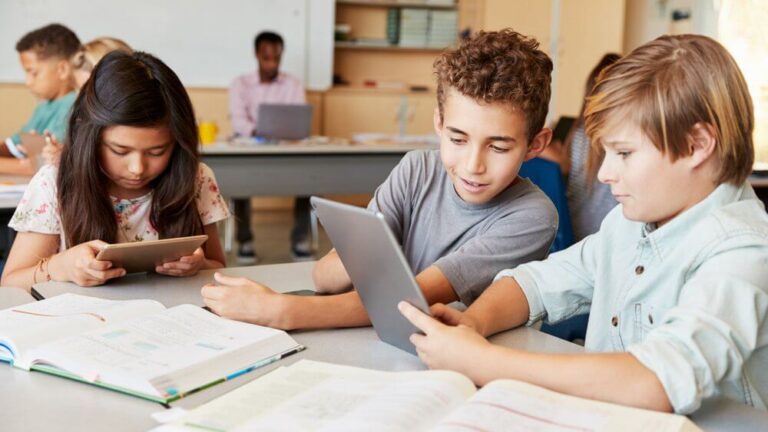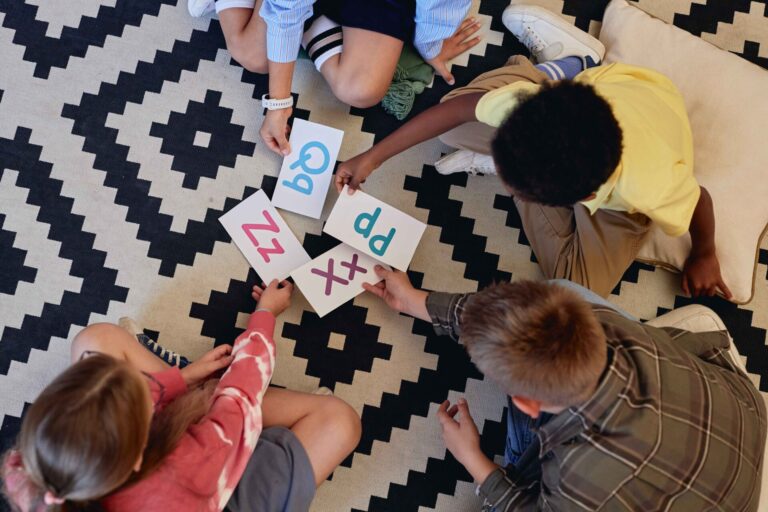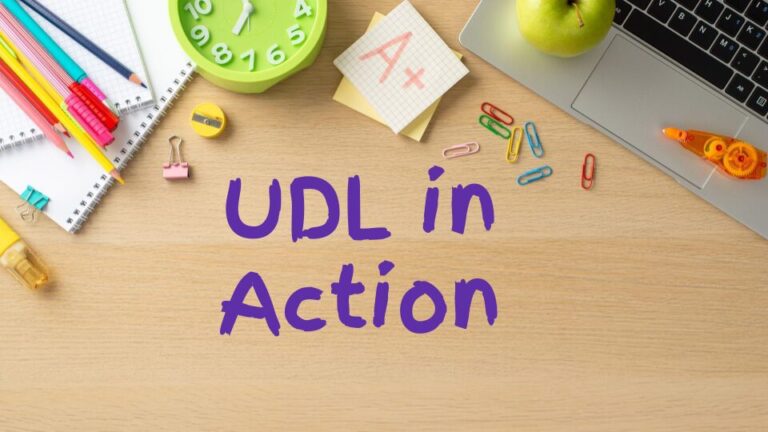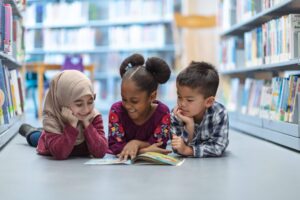 In today’s digital age, there are several modern challenges that can make it difficult to get elementary students to read for leisure. Demanding curriculums, ever-increasing screen time, and countless activities with a more immediate reward all compete for students’ mental capacity. Despite these challenges, there are several strategies teachers can use to transform their classroom into a bookworm’s paradise.
In today’s digital age, there are several modern challenges that can make it difficult to get elementary students to read for leisure. Demanding curriculums, ever-increasing screen time, and countless activities with a more immediate reward all compete for students’ mental capacity. Despite these challenges, there are several strategies teachers can use to transform their classroom into a bookworm’s paradise.
How might we create a classroom that promotes a love of reading and turns students into confident, proficient (and yes, independent) readers?
What is Independent Reading?
Independent reading is the practice of reading materials that students choose on their own, without specific direction or assignments from a teacher or curriculum. It is a valuable opportunity for students to develop their reading skills, increase reading comprehension, build vocabulary, and expand their knowledge and interests. Perhaps most importantly, it can promote a love of reading and help students become lifelong learners.
The Benefits of Independent Reading
Why create a classroom focused on independent reading? There is no shortage of research that supports the benefits of independent reading for elementary school students. Many studies have been conducted and replicated, showing a variety of benefits.
-
IMPROVED READING ACHIEVEMENT.
Numerous studies have found a positive correlation between independent reading and reading achievement. Independent reading has been shown to improve students’ reading fluency, vocabulary, and comprehension skills.
-
INCREASED MOTIVATION TO READ.
When students are given the opportunity to choose their own reading materials, they are more likely to be motivated to read. Independent reading can help students develop a love of reading, which can lead to lifelong learning.
-
GREATER CONTENT KNOWLEDGE.
Reading a variety of materials, including non-fiction texts, can help students develop a greater understanding of the world around them. Independent reading has been shown to increase students’ content knowledge and help them make connections between different subjects.
-
IMPROVE THEIR WRITING SKILLS.
Independent reading can also improve students’ writing skills. By reading a variety of materials, students can develop their vocabulary, sentence structure, and writing style.
-
INCREASE EMPATHY AND SOCIAL AWARENESS.
Reading fiction can help students develop empathy and social awareness. Through exposure to different characters and situations, students can learn to understand and relate to people from different backgrounds and experiences.
-
IMPROVE COGNITIVE DEVELOPMENT.
Reading stimulates cognitive development and can improve brain function, including memory, attention, and critical thinking skills. Independent reading has been shown to enhance cognitive development in young students.
Setting Your Classroom Up for Success with Independent Reading
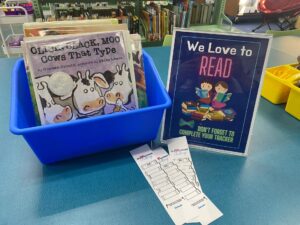
-
PROVIDE ACCESS TO A WIDE VARIETY OF READING MATERIALS.
Make sure your classroom library has a variety of reading materials, including fiction and non-fiction books, graphic novels, and magazines. This will allow students to find books that interest them and help them develop their reading skills.
-
SET ASIDE TIME FOR INDEPENDENT READING.
Designate a specific time each day for independent reading. This time should be free of distractions and interruptions, and students should be encouraged to choose books that interest them. This will help create a routine and make independent reading a regular part of your classroom culture.
-
MODEL READING BEHAVIOR.
Teachers should model reading behavior by reading aloud to the class and discussing books they are reading. For example, making a “what I’m currently reading” display could generate discussion, and even inspire students to do the same. This will help students see reading as a valuable activity and encourage them to engage in independent reading.
-
ENCOURAGE DISCUSSION AND SHARING.
Create opportunities for students to share what they are reading and discuss books with their classmates. This can be done through book clubs, literature circles, or book talks. Encouraging discussion can help students develop critical thinking skills and deepen their understanding of the material.
-
PROVIDE POSITIVE FEEDBACK.
Teachers should provide positive feedback and encouragement to students who engage in independent reading. This can be done through individual conferences, reading logs, or reading response journals. Positive feedback can help students feel more confident and motivated to continue reading.
-
CREATE A COMFORTABLE READING ENVIRONMENT.
Create a comfortable reading environment by providing cozy seating, warm lighting, and a quiet atmosphere. This will help students feel relaxed and engaged in their reading.
-
SWITCH UP THE OUTPUT.
Put a twist on reading by using audiobooks to hook in students. Keep headphones handy for students who might have a difficult time staying engaged during independent reading. They may soon find themselves immersed in a story.
Getting Started with Seesaw: Independent Reading
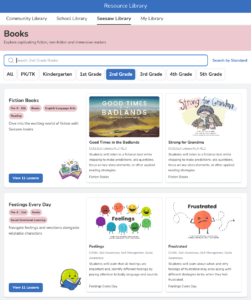
-
REAL EXPERIENCES BY REAL AUTHOR-EDUCATORS.
Seesaw authors draw from their own experiences and cultures to tell their stories. Books like Preparing in the Pasture and Good Times in the Badlands allow students to explore modern Native American reservation life through the lens of an Indigenous author.
-
DIVERSE SETTINGS, DIVERSE CHARACTERS.
Whether following Mya’s journey to self-acceptance in Dear Curly Hair or learning about Hawaii’s history in A Lei for the Queen, students have access to fun, informative stories in different settings with diverse characters.
-
CROSS-CURRICULAR IMPACT.
The immersive texts in What’s My Job? Introduce students to careers in STEM, the arts, humanities, and more. Students will imagine themselves in these careers by analyzing ocean data, studying historical maps, and more.
-
REAL WORLD CONNECTIONS.
Seesaw’s Non-Fiction Books introduce students to real-life role models like poet Joy Harjo and humanitarian Chadwick Boseman, while What’s My Job? Introduces students to unique careers like marine biology and space engineering.
Independent reading early promotes a lifelong love of not just learning, but exploration. Taking a vested interest in reading introduces students to a world of curiosity. However, with fierce competition for students’ interest and free time, it’s critical for educators to set students up for success. By promoting a classroom environment that encourages independent reading and leveraging the content in Seesaw’s book library, you can create a classroom full of curious explorers.
